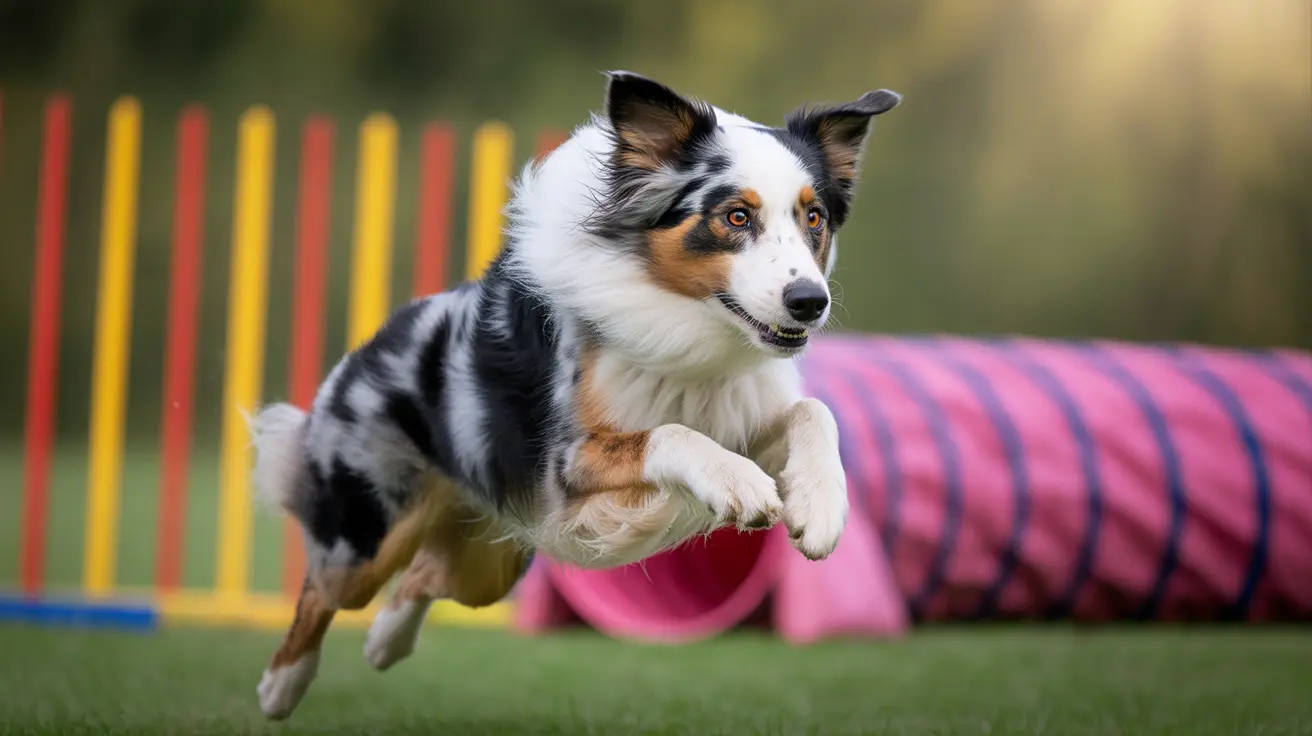The Origins and Ancestry of the Lakeland Terrier Breed
The Lakeland Terrier is a charming and energetic breed that hails from the mountainous Lake District in northern England. Known for its bold attitude and wiry coat, this compact terrier was originally bred for farm work, specifically hunting foxes in rocky, challenging terrain. To understand the unique traits of this dog, it is essential to explore the lineage and historical breeding that gave rise to the Lakeland Terrier.
Breeds That Contributed to the Lakeland Terrier
The Lakeland Terrier does not come from a single predecessor but rather a combination of several hardy working terriers. The primary breeds believed to have made up the Lakeland Terrier include:
- Old English Black and Tan Terrier: Now extinct, this was a foundational breed for many modern terriers. Its working abilities and tenacity were invaluable assets in developing the Lakeland's hunting instincts and ruggedness.
- Dandie Dinmont Terrier: Known for its long body and softer coat, this breed contributed to the size and unique coat texture in the Lakeland Terrier's ancestry.
- Bedlington Terrier: A breed recognized for its lamb-like appearance, the Bedlington likely introduced a softer undercoat and refined profile to the mix.
- Border Terrier: This durable, weather-resistant terrier contributed its resilience and working dog spirit, ideal for the outdoor conditions of northern England.
- Welsh Terrier: Known for its drive and strong prey instinct, the Welsh Terrier helped instill the Lakeland's boldness and energy.
Development and Purpose
Lakelands were selectively bred by farmers in the early 1800s for specific roles:
- Fox Hunting: Unlike many terriers that chased and flushed out foxes, the Lakeland Terrier was expected to pursue and dispatch foxes even underground.
- Farm Protection: With livestock, particularly sheep, facing constant threat from predators, a fearless and effective working dog was needed.
The rigorous environment of the Cumbria hills demanded dogs with strong endurance, independence, and weather resistance. The mix of terrier breeds was essential to developing a dog that could handle this tough job all day long.
Breed Standardization and Recognition
The Lakeland Terrier’s lineage was refined by incorporating Fox Terrier and Airedale Terrier bloodlines for additional refinement in appearance and temperament. These additions solidified the breed’s coat texture, body structure, and agility, making it more competitive in conformation and working performance.
The breed gained recognition by the UK Kennel Club in the 1920s and was accepted by the American Kennel Club in 1934. Over time, the Lakeland Terrier evolved from a working farmhand to a prized show dog and loyal family companion.
Unique Characteristics Inherited from Ancestors
- Stamina and Agility: Thanks to its working terrier ancestry, Lakelands are known for their high endurance and athletic ability.
- Coat Texture: The distinct double coat—wiry on top and soft beneath—is derived from breeds like the Bedlington and Border Terriers.
- Personality: Bred from bold and determined terriers, the Lakeland has a confident and sometimes mischievous personality, making it a fun but demanding companion.
Conclusion
The Lakeland Terrier is more than just a charming pet; it is the result of strategic and purposeful breeding that combined the best traits of various terriers. Its ancestry includes key players like the Old English Black and Tan Terrier, Dandie Dinmont Terrier, Bedlington Terrier, Border Terrier, and Welsh Terrier. These breeds together created a dog that’s not only tough and intelligent but also affectionate and lively—a true testament to the value of thoughtful breeding in canine history.





